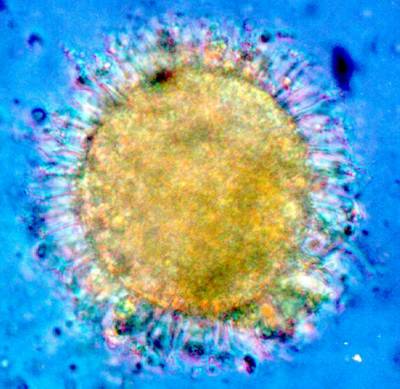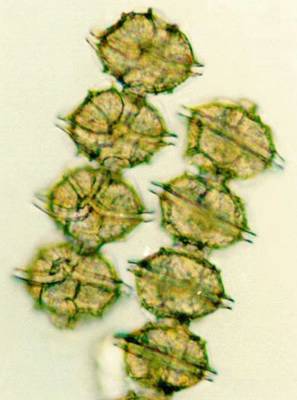Red tide rising
The red ride phenomenon is a usual occurrence here in Sabah on an annual basis. The name is a misnomer as it does not involve either tide nor always red. In actual fact, the red tide is a simplified term used to cumulatively categorize a toxic algae bloom which occurs during time of high nutrient surge that causes certain species of algae (mainly dinoflagellates) to multiply in the millions. In Malaysia the main culprit has been identified as Pyrodinium bahamense var. compressum. The algae themselves are not the problem, it’s the toxic excretion that is released as a by-product by these organisms. Sea organisms that inhabit waters tainted by the bloom is often contaminated with shellfishes especially bivalves molluscs that inhabit the ocean floor the most at risk as being filters they tend to concentrate the blooms and their toxic content in their cells.
Fishes, shrimps, crabs, lobsters and certain invertebrates are safe for consumption but caution must be paid by thoroughly removing the gills and organs and cooking the fish thoroughly. The consequences of ingesting seafood tainted by the neurotoxin called Paralytic Shellfish Poisoning (PSP) effects varying degree of severity depending on the amount taken in; from mild headaches and stomach cramps to full nerve degradation and death in the worst cases. Cases recorded where people have been struck down by the toxin can be found here.
The Lembaga Kemajuan Ikan Malaysia (LKIM) and State Fisheries Department are responsible for monitoring bloom level off the shore of Sabah through their Red Tide Monitoring Programme and recently toxic levels of the organisms have been detected from Kuala Penyu and have spread throughout Kota Kinabalu. Sarawak was also flagged a few weeks ago. The extent on the bloom varies year by year depending on the upsurge of nutrient level and on bad years oysters and clams cultured by villagers and LKIM often experience mass kills and visiting Mengkabong River where the mass of shellfish aquaculture is concentrated in Kota Kinabalu, the stink of dying fishes and empty cages can be overbearing. With massive blooms the waters off shore often turn a reddish brown tint hence the name.
Images taken from UMS website.






No comments:
Post a Comment